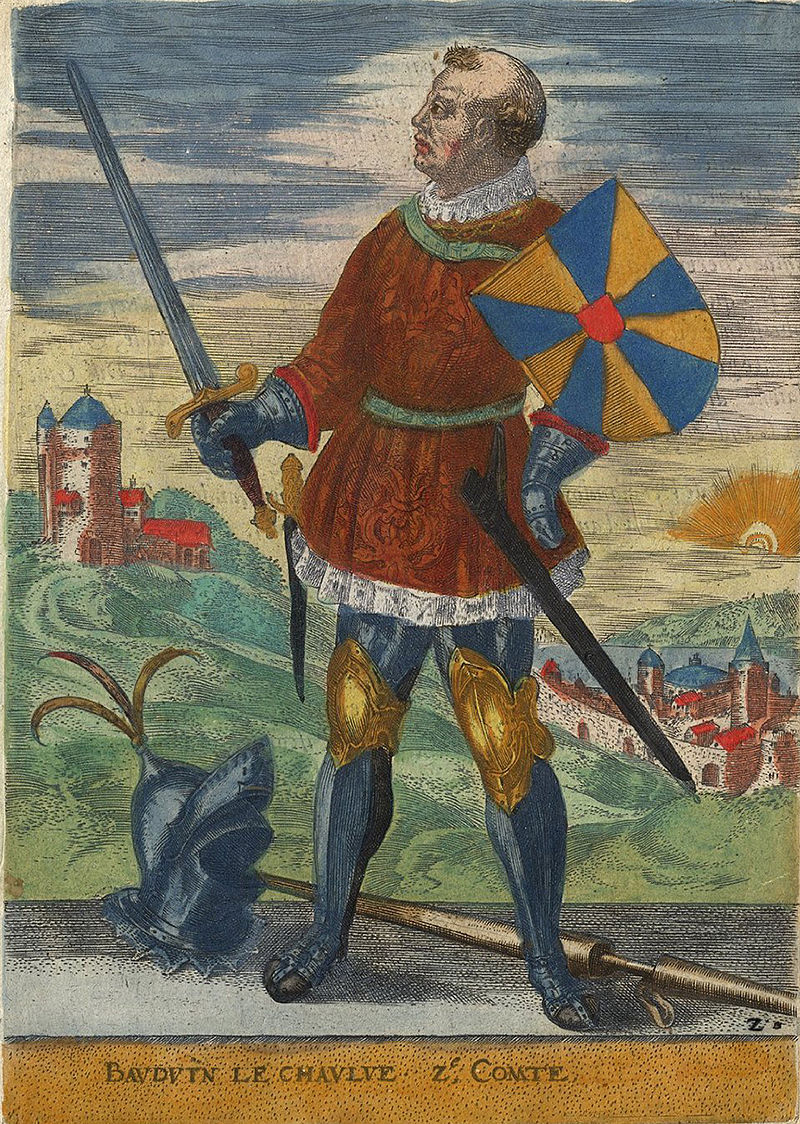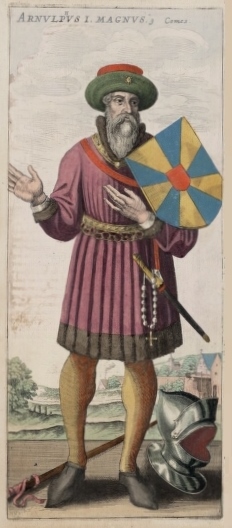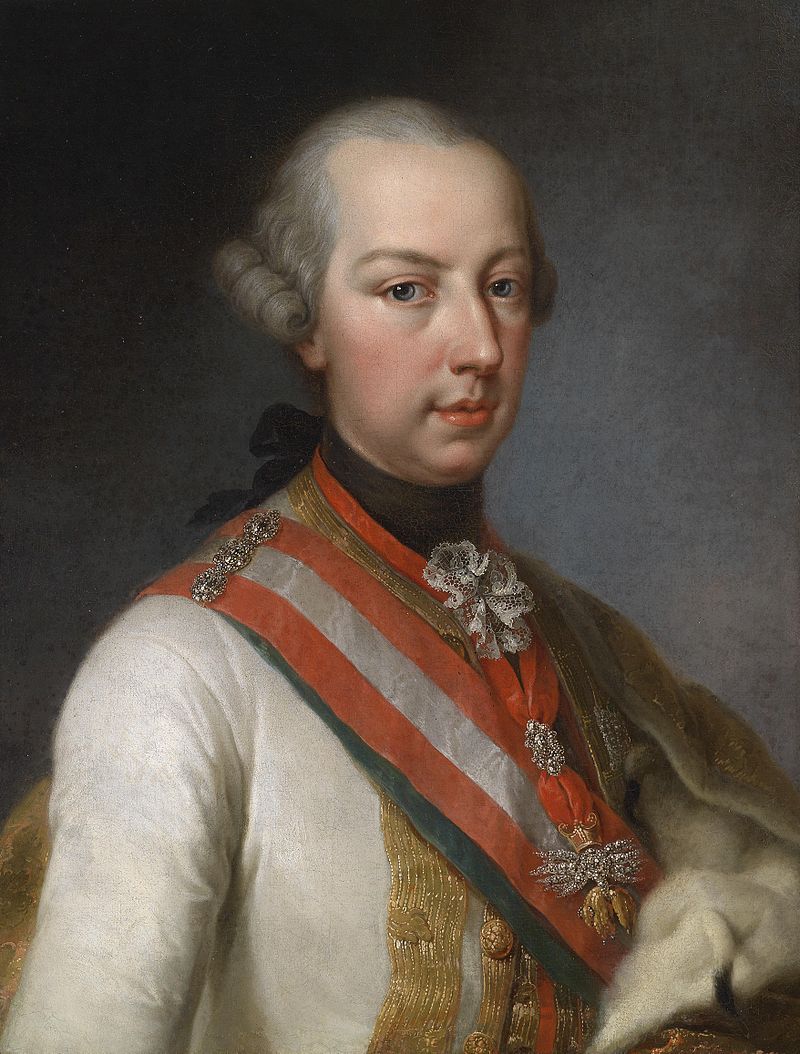
There were 43 Counts of Flanders from 862 till 1983: below a list of all of them ! So please bear with me. #twitterstorians
• • •
Missing some Tweet in this thread? You can try to
force a refresh
































































